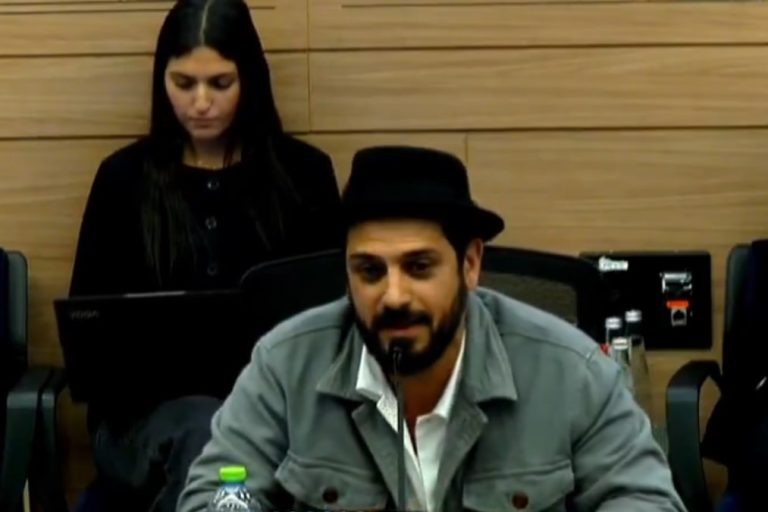 As discussed in the previous column, following the borrower’s non-payment of the mortgage for a period of about 2 to 3 months, the lender usually sends a Default Letter. After the Default Letter, the lender or their attorney then goes ahead and sends an Acceleration Letter (please refer back to the previous column for definitions of a Default Letter and Acceleration Letter). Although the Acceleration Letter usually states that unless the lender receives the FULL repayment of the loan, including all unpaid principal, interest, late fees, etc… within 30 days of the date the Acceleration Letter that the lender will commence an action to Foreclose, usually (though far from always) there is 60 to 90 days period before the lender initiates the Foreclosure action. The smart borrower, however, will, upon receipt of the Default Letter or, at the very least, upon receipt of the Acceleration Letter, contact an attorney experienced in the area of Foreclosure Defense in order to be advised as to how to proceed.
As discussed in the previous column, following the borrower’s non-payment of the mortgage for a period of about 2 to 3 months, the lender usually sends a Default Letter. After the Default Letter, the lender or their attorney then goes ahead and sends an Acceleration Letter (please refer back to the previous column for definitions of a Default Letter and Acceleration Letter). Although the Acceleration Letter usually states that unless the lender receives the FULL repayment of the loan, including all unpaid principal, interest, late fees, etc… within 30 days of the date the Acceleration Letter that the lender will commence an action to Foreclose, usually (though far from always) there is 60 to 90 days period before the lender initiates the Foreclosure action. The smart borrower, however, will, upon receipt of the Default Letter or, at the very least, upon receipt of the Acceleration Letter, contact an attorney experienced in the area of Foreclosure Defense in order to be advised as to how to proceed.
An action to Foreclose is commenced in New York by the lender’s attorney drafting a Summons and Complaint and serving the summons and complaint on the borrower as well as other parties (usually referred to as “Additional Defendants” or “Additional Parties”) that legally need to be put on notice of the pending foreclosure. It is important to stress that the fact the lender does not serve Additional Defendants will, in most cases, not be a defense for the actual borrower. In addition to the Summons and Complaint, the lender’s attorney will file what is known as a “Lis Pendens”, which just means that there is an action pending against the borrower and the property that is encumbered by the mortgage. The purpose of the Lis Pendens is to put any persons that may have a claim to the property on notice that there is a legal action currently pending that may affect the property.
As with most Summons and Complaints in New York, the defendant is “summoned” (that is, required) to answer the Complaint and to serve a copy of the Answer to the Plaintiff’s attorney within twenty (20) days after the receipt of the Summons and Complaint if personally served (the definition of what personally served is broad and needs to be discussed with an attorney) or within thirty (30) days of receipt of the Summons and Complaint if the defendant is not personally served within the State of New York (such as by the process of “Nail and Mail”, where after the process server is unsuccessful at serving the defendant personally, the Summons and Complaint is “nailed” to the door and a copy of the Summons and Complaint is sent by mail to the defendant’s address). While there are certain cases where the defendant has a longer period to file an answer (such as where the defendant is an active servicemember and qualifies for Active Military Service protections, most defendants will fall into the 20 or 30 day bracket).
In the next several columns, we will be discuss various possible defenses and counterclaims that should be considered as part of an Answer in a Foreclosure proceeding.
Alexander Gofer is the managing partner of the Gofer Law Group and can be reached at 212-480-3400 ext 101 or via e-mail: [email protected] The Gofer Law Group is a full service Law Firm with location is Long Island, Manhattan and Williamsburg, focusing Foreclosure Defense, Private Lending, Residential and Commercial Real Estate Transactions and Joint Venture Agreements.










